What does food mean to you?
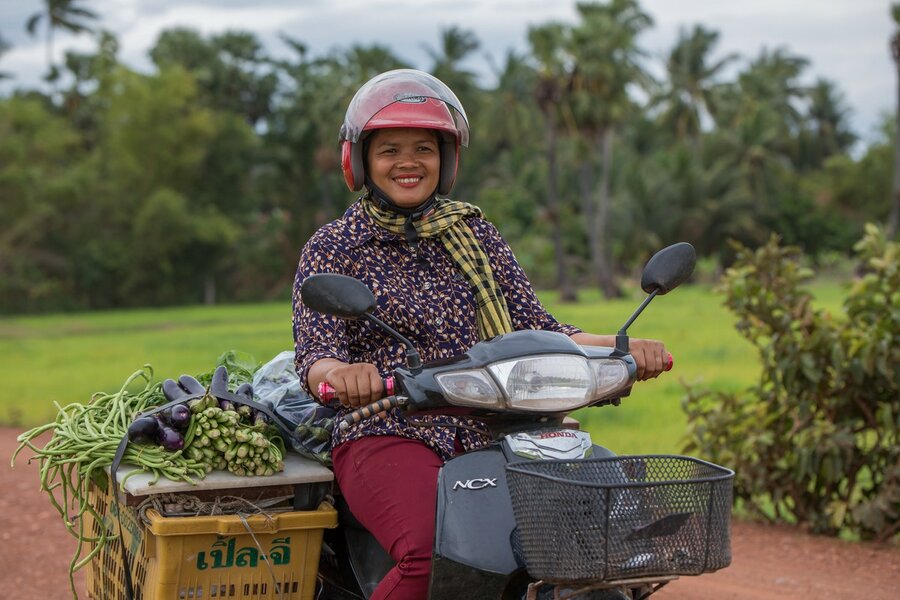
So much of our humanity revolves around food. We make friends over meals, nurture our families, break bread with colleagues. But in a world where 821 million people — or one in nine — do not have enough to eat, food means different things to different people.
As the world's largest humanitarian agency fighting hunger, the World Food Programme (WFP) provides assistance — from in-kind distributions during emergencies to long-term resilience-building projects such as school feeding, where smallholder farmers grow crops to sell to schools — to 86.7 million people in more than 83 countries every year, including the six whose lives are highlighted below.
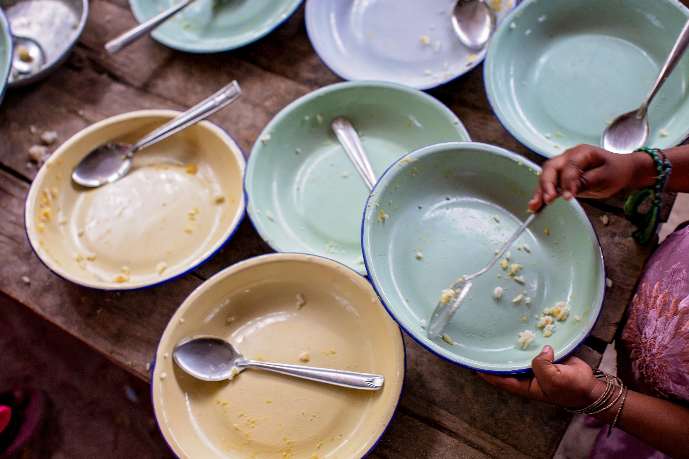
Food is hope
"Honestly, this was the beginning of hope for us," says Salem. The 40-year-old and his family of seven sought refuge in Aden, Yemen, after escaping the fighting in Hodeidah, another port city. They left everything behind.
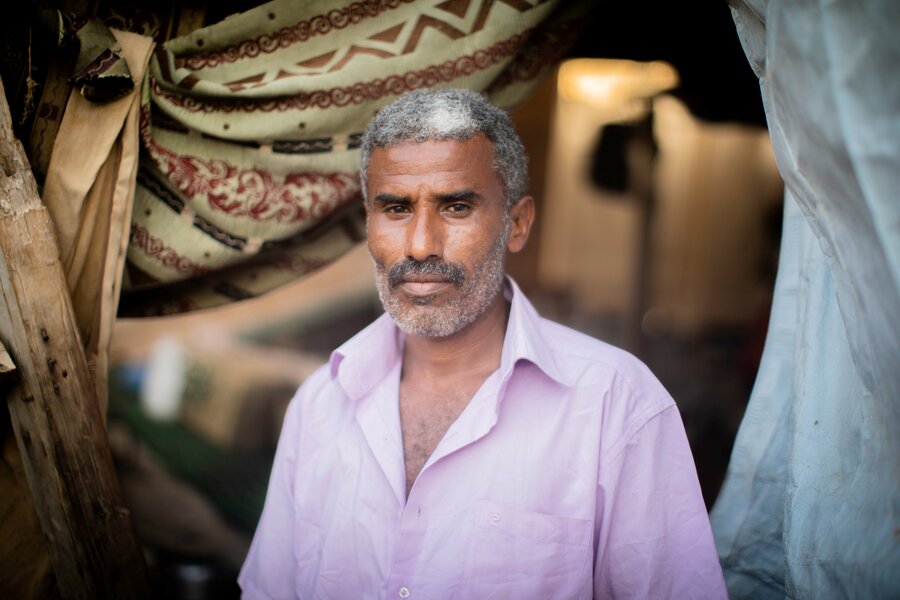
After nearly five years of conflict in the country, 20 million people — 70 percent of Yemenis— are "food-insecure". This means they are not sure where their next meal will come from. Around 22 million people in the country are forced to regularly skip meals or to reduce their intake owing to circumstances that are out of their control.
"Some of the missiles hit our valley [Nakhla Valley]," says Salem. "This forced us to leave with our children."
His children missed a year of school when the family fled Hodeidah. Thanks to the monthly cash transfers from WFP to pay for food, Salem has been able to afford to send them to school again.
"The cash assistance was hope," he says. "When we got it, it improved our condition in this place and our lives here."
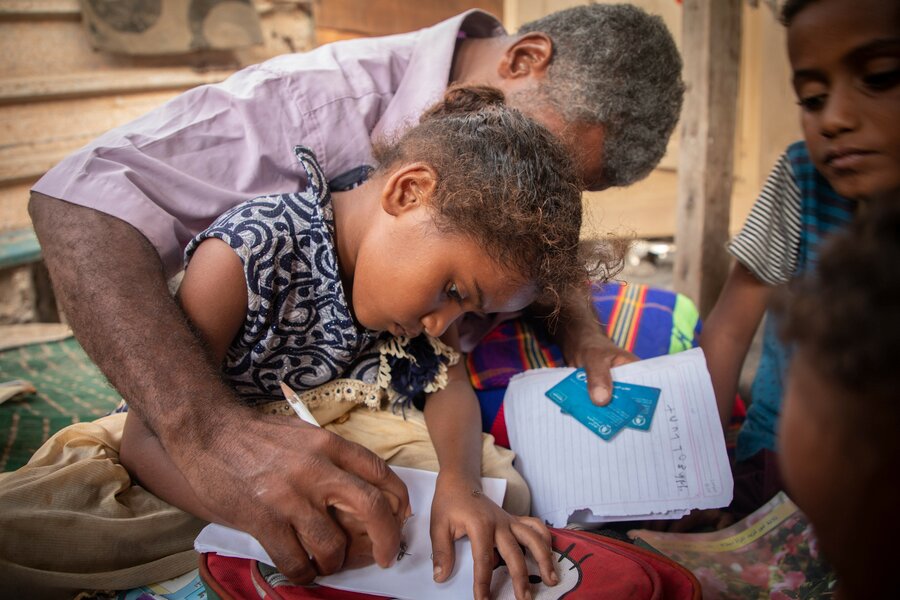
WFP provides cash assistance through SCOPE — its tailor-made information management system, designed to ensure that the right assistance reaches the right people when they need it.
Salem is optimistic. "Once the war is over we will return to our village," he says. Last year, WFP expanded cash assistance distributions in Yemen from 120,000 people to 500,000.
Food as opportunity
Pia is a farmer from Cambodia. She has a small farm where she grows eggplant, lettuce, long bean and gourd. Every day, a variety of vegetables are taken to the four schools in her commune — her output takes care of all of their food needs.
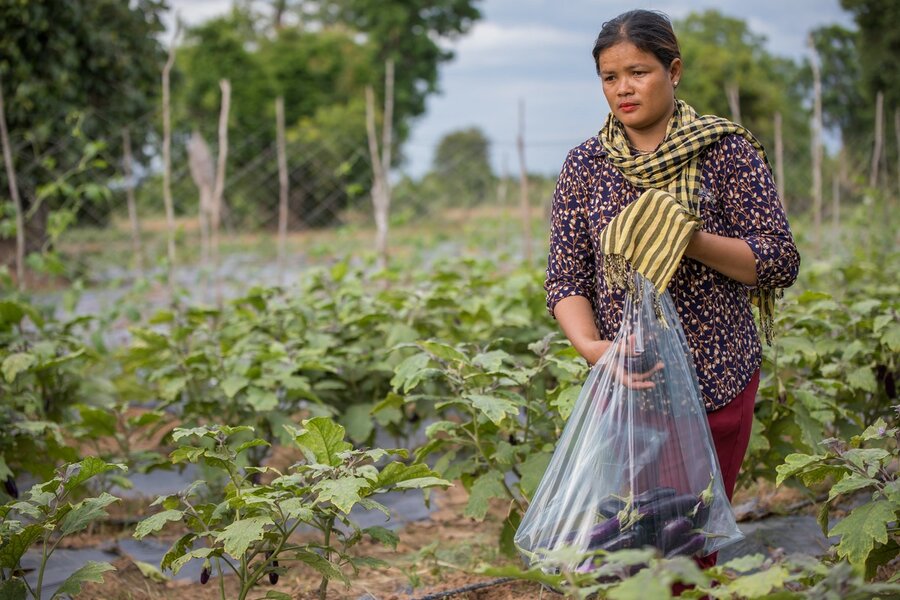
Through "home-grown" school feeding, WFP forges links with local smallholder farmers to provide sustainable access to food for millions of schoolchildren. WFP runs projects in 46 countries delivering food that is safe, diverse, nutritious — and local.
There are many benefits to home-grown school feeding. Schools provide local farmers with a reliable outlet for their products, leading to a stable income, more investments and higher productivity. Children, in turn, enjoy healthy, diversified meals. This makes it more likely that they will stay in school and perform better, while increasing their chances of getting work as adults. At the community level, home-grown school feeding initiatives offer education on nutrition education and better eating habits. They encourage the diversification of production with a special emphasis on local crops.
Pia is happy to hear that the vegetables grown on her farms are feeding children in schools — not least because this includes her own. Sourcing, transporting and cooking food to feed schoolchildren each day has brought teachers, parents and farmers together.
Food is home
Faraah is 8 years old. She has nine brothers and sisters. Her family is from a small coastal village in Yemen called Doubab. After leaving Yemen in September 2015, when Faraah was 3, the family arrived at Markazi Refugee Settlement in Djibouti.
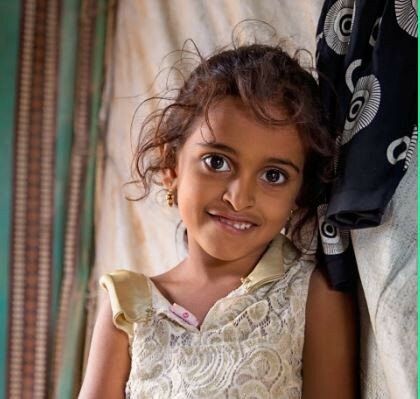
Djibouti, a Horn of Africa country of under a million people, has been hosting refugees from neighbouring countries since 1979, including people from Somalia, Ethiopia, Yemen and Eritrea (respectively accounting for half, 30 percent, 15 per cent, and 4 percent of the 30,700 people living in settlements and in Djibouti city).
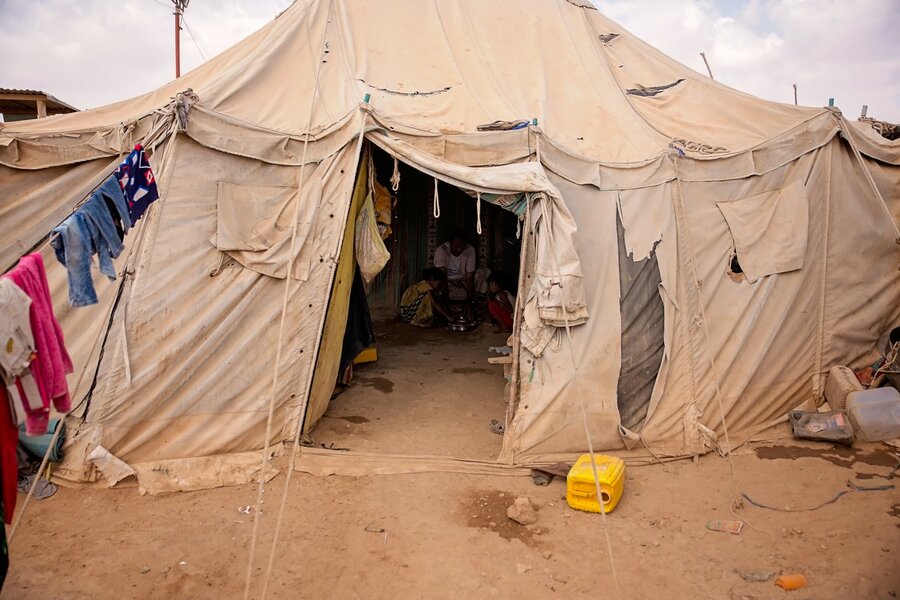
Ayich, Faraah's father, was a teacher in Yemen. He found work at the school in Markazi refugee camp, teaching geography and history. In addition to this work, WFP food assistance is helping him support a family of 11 in the settlement.
Even though the children can barely remember Yemen, the family was able to make a typical dish they enjoyed back home, growing up by the sea: fish, rice and sauce.
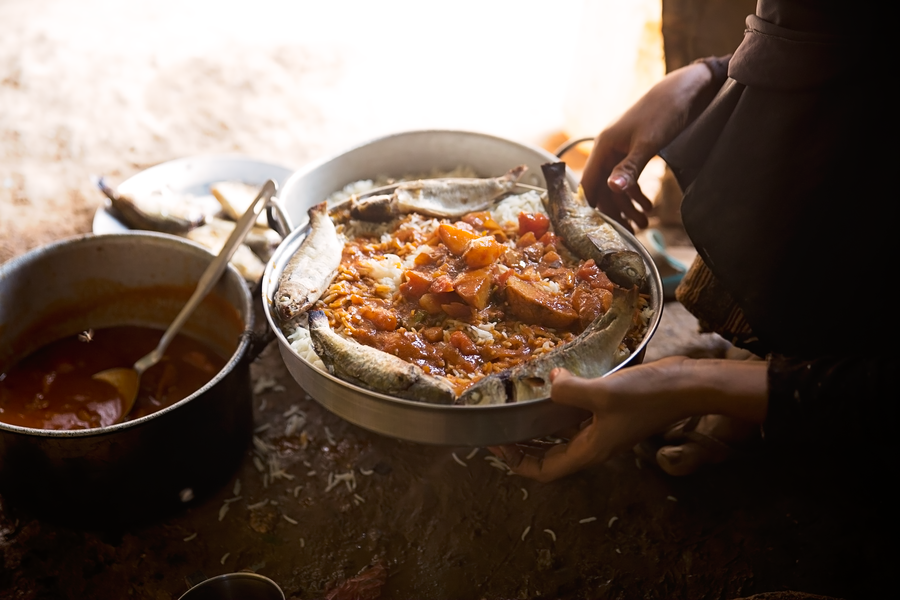
In addition to in-kind distributions, WFP offers cash cash transfers, which give people choice and allow them to cook the food they know and love even when they're away from home.
Food is energy
At the Public Primary School of Itampolo village, Southern Madagascar, 500 children enjoy a nutritious meal of rice with legume sauce for breakfast and lunch, supplied by WFP.
The world's fourth largest island, Madagascar boasts a unique ecosystem, with many species of plants and animals found nowhere else. Despite its great potential, 92 percent of Madagascar's population of 27 million live on less than US$ 2 per day.
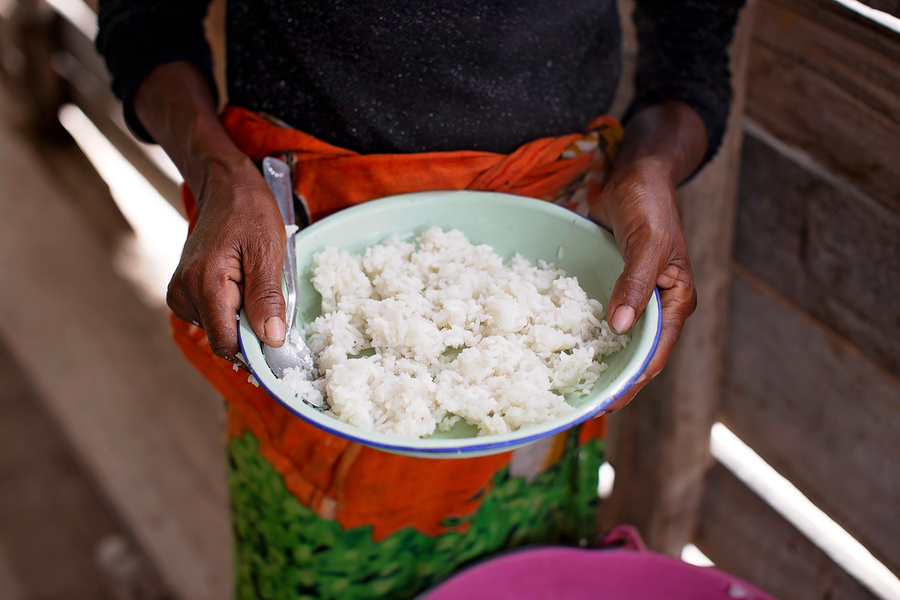
Chronic malnutrition affects almost half of all children under 5 there — the world's fourth highest rate.
In the south of the country, school meals serve as a social safety net for the most vulnerable families. During the previous school year, around 290,000 children from 1,100 primary public schools in southern Madagascar received daily hot meals fortified with vitamins and minerals.
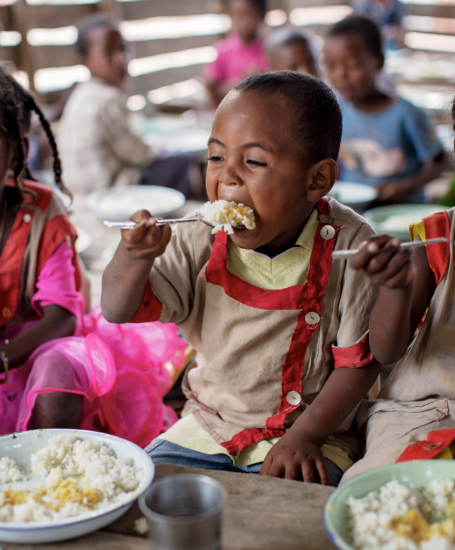
WFP school feeding programmes reach millions of children in Africa and elsewhere in the world, ensuring regular access to education, creating new jobs for local farmers, and supporting "human capital" growth and sustainable development.
Food is health
"Rebecca is much healthier now and I know the importance of feeding her all the right food," says Bertha Masamba of her daughter, who benefits from cash transfers for nutrition. In the Mangochi district of Malawi, where farming is especially hard, many families go hungry between the months of December and March. This is called the "lean season", when food runs out before the new harvest comes.
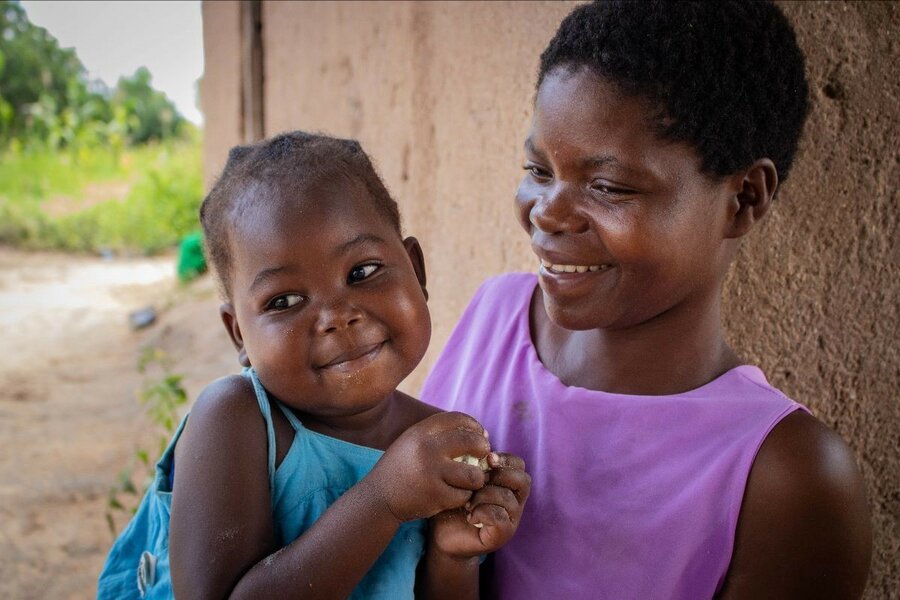
WFP has developed a way of preventing malnutrition during this difficult period. Usually, when children fall sick with malnutrition, they are taken to a health centre to receive a nutrient-rich, high-energy porridge to put them back on track. But sometimes this is not enough. Many children fall sick again.
Additional cash supplied during the lean season in Mangochi allowed people to buy extra food to fast-track the recovery of younger children on nutritional support.
During the 2018-19 lean season in Malawi, WFP partnered with the UK's Department for International Development to facilitate cash transfers to more than 5,000 families benefiting from lifesaving nutritional support. This helped to ensure that progress in nutrition was not compromised due to lack of food. This support has helped improve the conditions of those receiving nutrition support, allowing them to graduate from the programme.
Food is tradition
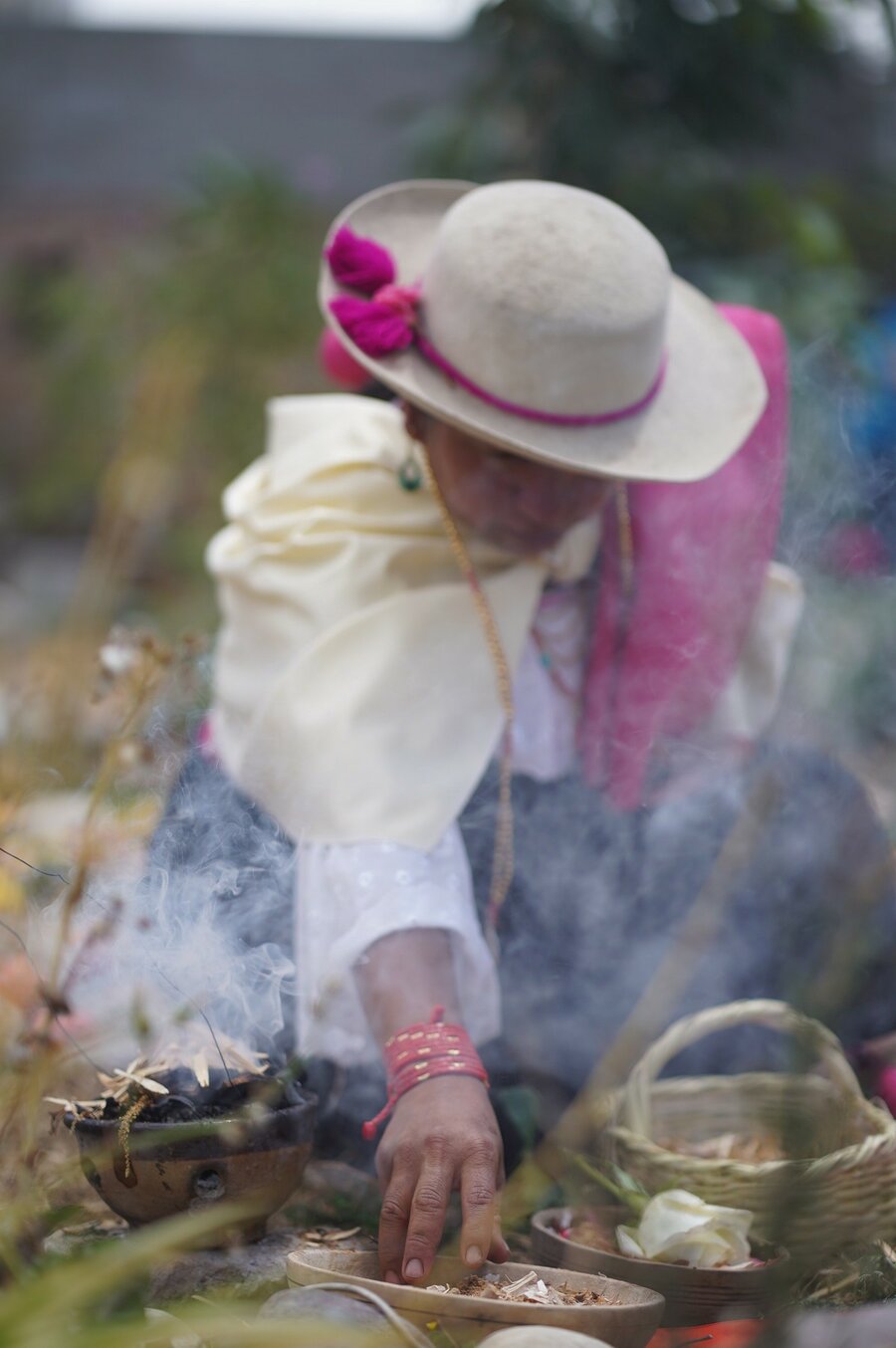
Welcome to a pamba mesa ceremony in Ecuador. The indigenous people of the Ecuadorean highlands perform this ceremony as an act of solidarity and to thank Mother Earth — the "Pachamama" with her four elements: water, earth, fire, and wind.
The food on a pampa mesa — often decorated with flowers and fruits — tends to be largely staple items such as mote (cooked grains), potatoes, quinoa, carrots, and fava beans. Sometimes, cuy (guinea pig) and other meats are present, often served with the spicy condiment ají. The fermented beverage chicha de jora sometimes accompanies a pampa mesa.
By giving back to the Pachamama, it's believed that the balance between humans and our planet can be restored. Problems are said to arise when people take too much from the Pachamama without giving back.
Indigenous peoples around the world are among the first to face the direct consequences of climate change, because of their dependence and close relationship with nature.
In Ecuador, WFP is working with Indigenous communities to build awareness around climate change and help them adjust to the effects of changing weather patterns.
